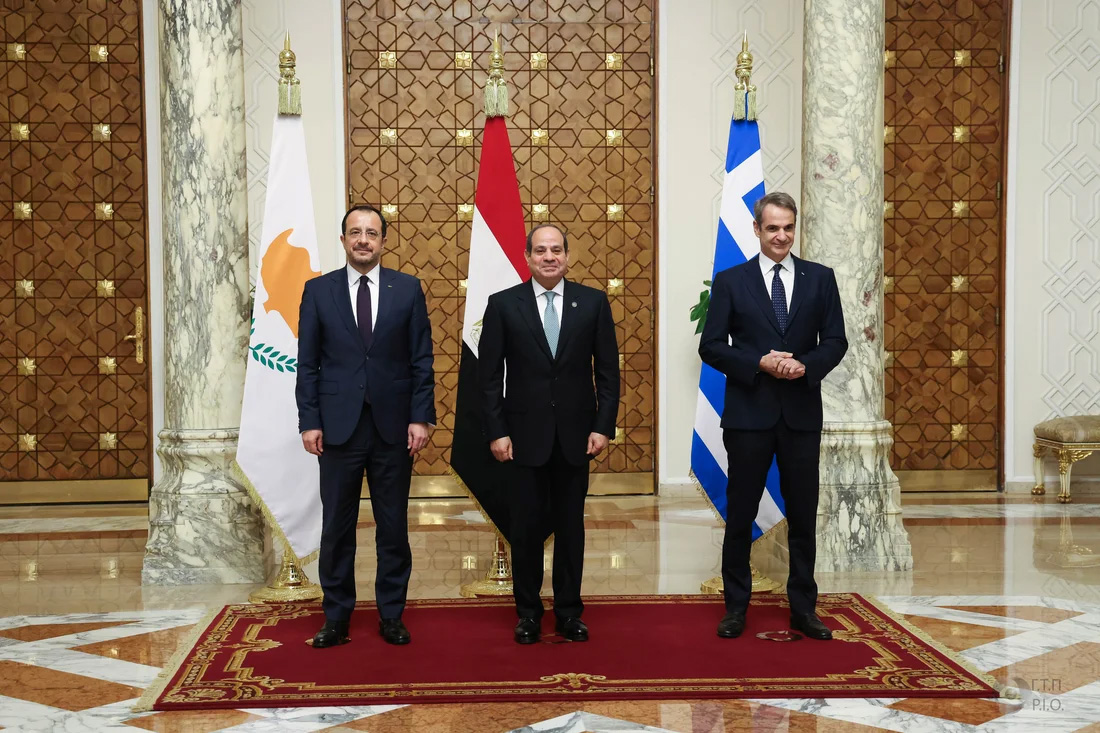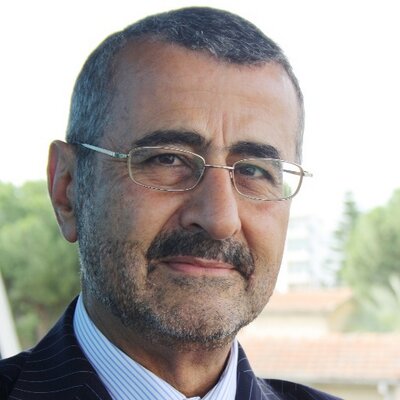Will there be room to use LNG created in the region even if it does come online?
East Med energy revolves around the biggest country in the region, Egypt. It is by far the biggest natural gas producer and consumer and until last year’s halting of exports, the only East Med LNF exporter.
It can absorb most gas currently being produced in the region and this appetite is growing with time.
With global trade and geopolitical alignments on a roller-coaster due to US President Donald Trump’s tariffs and policies, it is necessary to understand these evolving forces that are shaping energy globally if we are to understand the energy security dynamics around the East Med.
EU gas consumption
It become clear at Europe’s foremost LNG conference FLAME in Amsterdam this week that to keep economies going and ensure energy security, gas will be around for much longer in Europe than was thought two years ago. It is difficult to progress energy transition unless it can demonstrate a clear benefit to end users, and gas is an indispensable part of this process.

Nevertheless, gas use will carry on declining in line with increasing energy efficiency and use of renewables in power generation and the EU’s 2030-2050 climate targets.
On May 6, the European Commission announced a roadmap to exit Russian gas by 2027. This has opened the way for increased US LNG imports.
Last month, Trump said the EU must buy $350 billion of US energy to get tariff relief. Earlier, President of the European Commission Ursula von der Leyen offered to replace Russian gas/LNG imports with US LNG in a deal to avoid a trade war with the US. Clearly, LNG will be on the table when the EU and the US eventually sit down to discuss tariffs.
But given the expected continuous decline in demand, Europe pretty much has all the gas infrastructure to support its future gas needs.
Even though it remains to be seen what actually happens and at what levels, these developments leave little room for LNG/gas imports from the East Med to the EU in whatever form – even if such gas were to become available, which is doubtful.
Egypt’s predicament
Uncertainty about US tariffs has led investors to exit some high-risk markets, highlighting the precarious nature of Egypt’s situation. Its economy continues to be fragile, facing numerous challenges despite support from the IMF, the EU and rich Arab neighbours given the critical importance of the country to the political stability of the region.
Egypt’s revenue and spending figures are challenging. Its national government debt reached $262billion at the end of 2024. As a result, interest and loan repayments make up 62 per cent of government annual spending, worsening its serious balance of payments crisis.
Energy is a key issue in Egypt, and the increasing dependence on imports is making its economy more vulnerable to fluctuations in imported oil and LNG prices.
With natural gas production plummeting to a seven-year low and demand increasing, last year Egypt returned to being a net importer of LNG, despite gas imports from Israel, abandoning plans to become a supplier to Europe. This followed the steep decline in domestic output.
So far, Egypt has signed deals worth about $3billion to secure LNG to cover demand for 2025 and avoid electricity blackouts. Such imports are expected to rise, wiping out the recently secured $8billion loan from the IMF. This adds to its chronic shortage in foreign currency reserves.
To limit reliance on costly spot markets, Egypt is looking into entering into longer-term LNG import contracts for the rest of this decade, confirming doubts that it will be able to reverse its gas deficit any time soon.

Egypt will not be in a position to resume serious LNG exports until it recovers and reverses gas production to cover current and future deficits as energy demand keeps rising with its rising population. It is now over 118 million, growing by 1.6 per cent per year.
Adding to these problems, gas production is expected to drop by a further 22.5 per cent by the end of 2028, while its power consumption is forecast to increase by close to 40 per cent over the next decade – 80 per cent of that is produced by burning gas.
Despite encouraging exploration results and slow but increasing adoption of renewables in power generation, Egypt’s gas deficit is increasing and could persist possibly to the end of the decade.
At the same time, Egypt’s energy bills are getting increasingly hefty. Having agreed a repayment schedule, the government is expected to settle all dues owed to international oil companies (IOCs) operating in Egypt by the end of the year. But it is finding it difficult to maintain this.
As a result, the IOCs have slowed down operations and are not expanding gas-field development.
Another disincentive is the low price EGAS is paying for the gas it buys from the IOCs. They are asking for an increase before they commit to new projects.
Impact on East Med gas
Currently available gas reserves in the East Med are not sufficient to support major new export-orientated projects. Fortunately, we have a massive market in the region that can absorb all this gas: Egypt. In the longer term, and depending on geopolitical developments, this could also include Turkey.
Years of declining production have turned Egypt from an exporter to an importer of LNG to satisfy its ever-growing demand for gas for power generation, but also as feedstock for its petrochemical and fertiliser industries.
Even though ExxonMobil has reconfirmed its interest in the region, the failure to find gas at Cyprus’ Electra prospect and its intent to divest of its new discovery in Egypt’s North Marakia block are not encouraging, at least not in the short-to-medium term.
Similarly, despite positive messages, Chevron has reduced its investment budget and is prioritising short-term profits and projects in the US, at least for now.
The big questions that weigh heavily in the minds of the IOCs are Egypt’s ability to maintain regular payments in the longer term and willingness to pay market prices for this gas. These are the main reasons why, so far, these companies have not been expediting new gas projects in the country.
Eni said that return of Egyptian LNG exports to Europe could take years due to prolonged energy security issues in Egypt.
Instead, priority should be given to developing this resource and utilising as much of it as possible regionally to cover the region’s growing energy needs during transition. To that extent, regional cooperation to facilitate exploitation of the East Med’s gas resources can make a difference.







Click here to change your cookie preferences